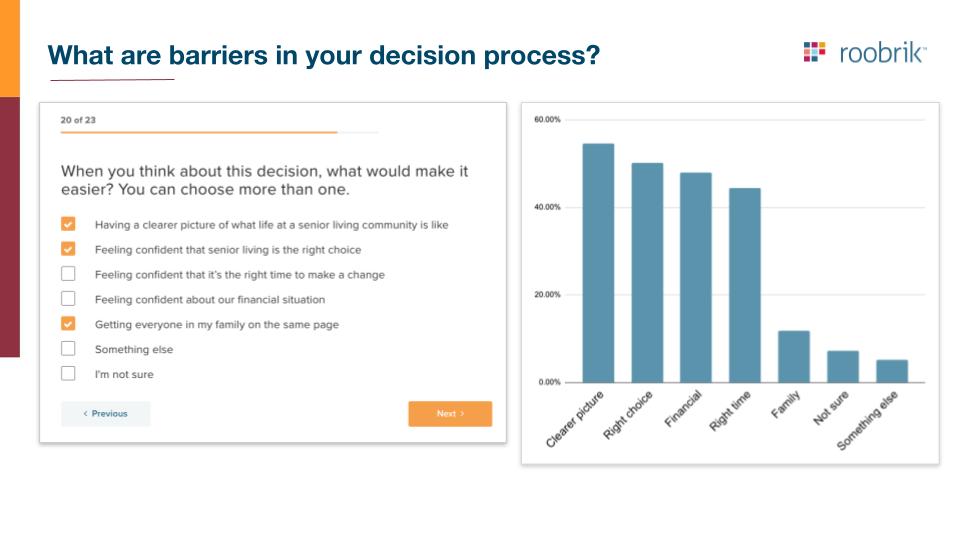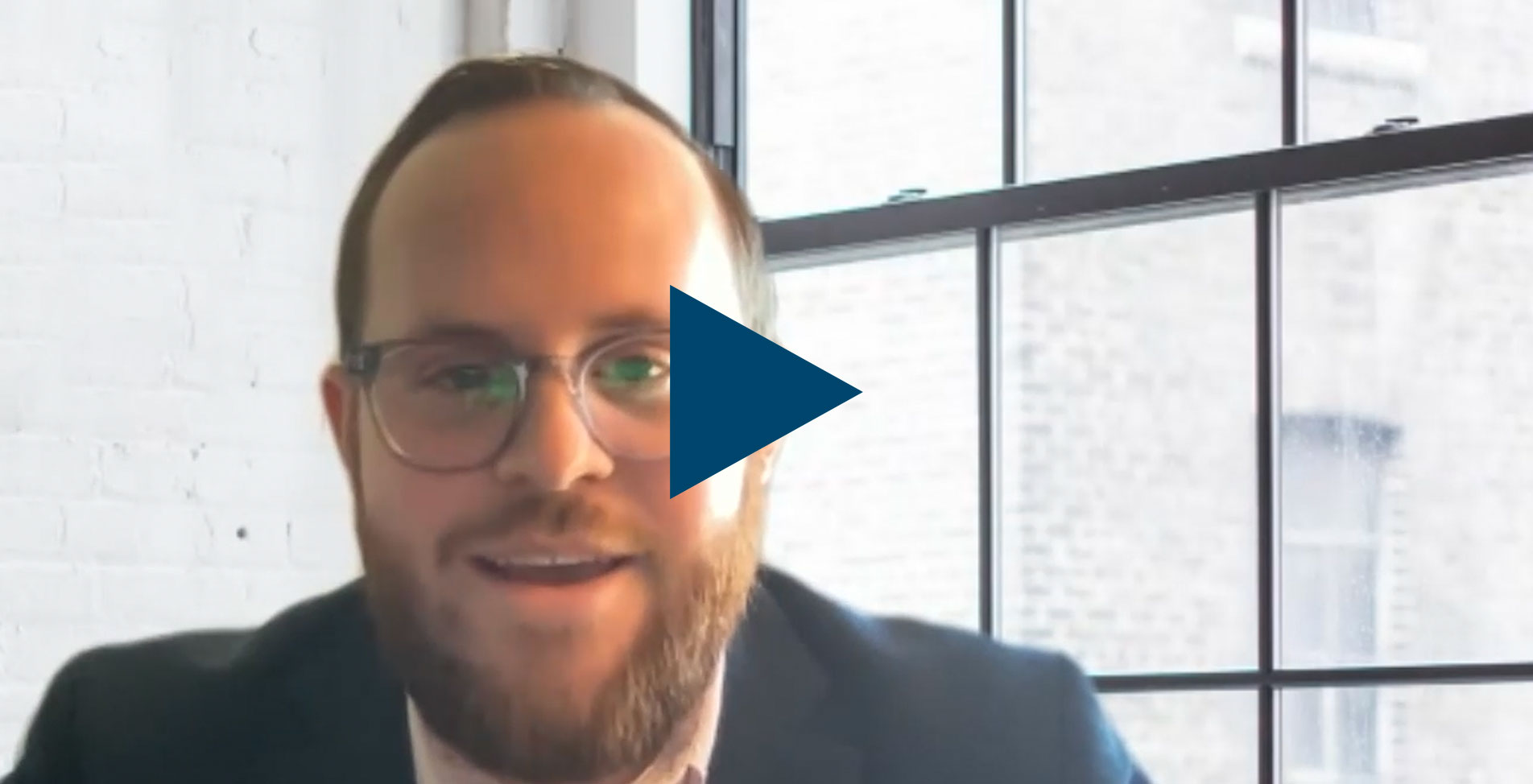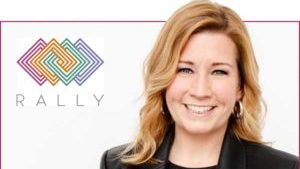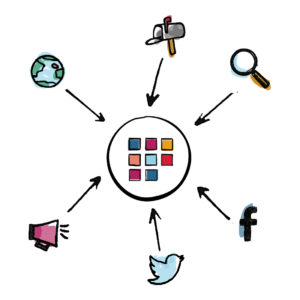Deb Howard Offers Senior Living Marketing Directors Hope… and Help!
Last week in Part 1 of our blog interview with Deb Howard, she empathized with senior living community marketing leads with real insight into the pressures they face from the C-suite to the sales force. This week we’re focusing on the positive and sharing advice she gives folks facing a variety of marketing challenges — from branding to lead generation, content creation to conversion.
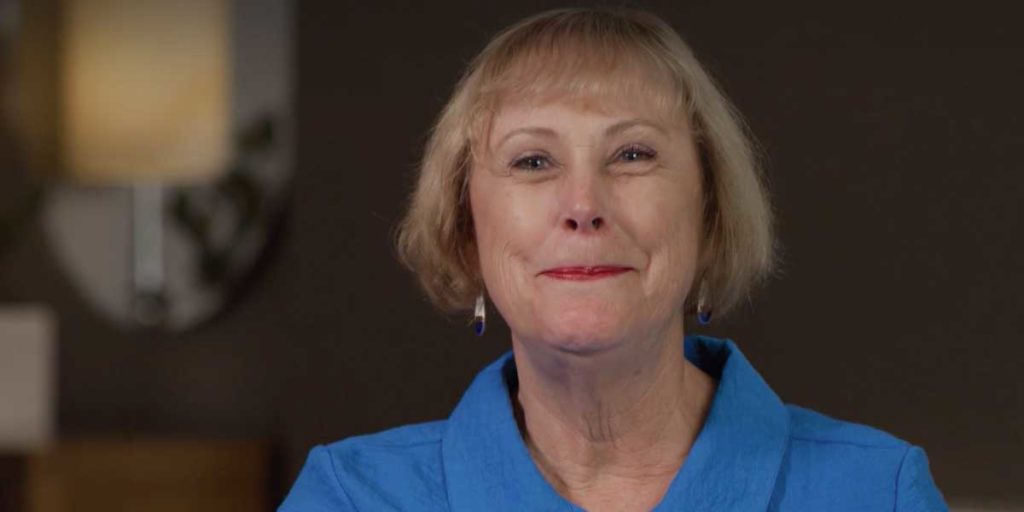
Q: What usually motivates someone to reach out to you and Senior Living Smart?
A: Often marketing folks call us when they’re looking for ways to enhance their website — to make it stickier, to get people to view more pages, come back more often, reduce the bounce rate, and increase conversion of traffic to lead — all of those key things that are in the sales process. So they’re looking for new ways to do that and frankly, they’re looking for new ways to do that at a price point that is comfortable. Basically — more leads, better leads, better conversions, and more opportunities to nurture the earlier stage leads.
Q: Interesting that you bring up earlier stage leads. We’ve often heard that sales teams don’t have time to nurture families that aren’t ready to tour and move in. Is that your experience?
A: It’s true that for most communities, the sales teams need to focus on people who need to move in right away — which, we’ve found, is only 10% of the people on the website. And most sites don’t provide opportunities to engage the 90% of people who are in an earlier stage. These people may be reluctant to talk on the phone or certainly to schedule a tour. They’re probably just looking to learn more about their options.
After all, in our experience, 87% of sales start on a community’s website. That’s the first place where people go when they start seeing changes and having some concerns. And, in the beginning, they’re really wanting to educate themselves. They’re looking for resources and looking for transparency. They want to go to a place that will answer their questions and give them some support. This research phase is completely different than when a family is facing a crisis.
And most senior living community websites don’t address that — they’re really just online brochures, not true guidance. As in most things, the consumer shift is to self educational and experiential learning.
Q: Do most communities recognize this change in consumer behavior and adjust their marketing strategy to take advantage of it?
A: Yes and no. They’ll say something like: “I know that I’ve got to shift and meet the consumer where they are. I know I need to be resource-driven, to be helpful, to be a thought-leader so that I can help families throughout their journey — thinking to planning to action.”
But they don’t often know how to make that happen. It’s just not where they’ve focused their efforts until now.
Q: Sounds like a good place for Roobrik to help out — do you agree?
A: Completely! Roobrik is one of the first things that we recommend when somebody says, “I know I need to do something more with my website but I can’t start from scratch. I can’t afford a whole redo. So what can I do with my existing website that’s going to improve all of those metrics for me.” I’m like, Roobrik! It’s a comfortable price point, easy to implement and many of my clients see results immediately.
Q: Tell us more about those results. What are you seeing?
A: It’s really varied, of course, but one of the things I love about the report that’s generated after a family member takes the assessment is that they have the power to share the results. That’s very powerful in families. I remember one situation where, with a daughter took the Roobrik survey and got a very high urgency score. So she freaked out and called her brother and said, “Oh, it’s worse than we thought. We really have to do something now.” Then he went on to the website and did LiveChat and booked the tour. And when you start seeing people use all these digital tools together it’s really amazing.
We were able to follow that family’s entire journey. We saw when the daughter took the quiz. We saw the numbers she got. We saw that the brother came on and booked the tour. And then, because everything integrates into the CRM, we were able to see that they moved in the day after the tour.
Q: What can you tell us about your benchmarking metrics for Roobrik?
A: Our members are getting about four unique leads per month, per community —which is wonderful because these leads are so qualified. These are people who have taken five to seven minutes to go through the assessment because they’re motivated. There’s a pain point there. And they want to get the result on the other end. They want to understand their options. When they opt to share the report, they’re looking for help. Their buying intent is very high at that point.
Q: How is Roobrik different than questionnaires and contact forms on a community’s website?
A: First, it’s not salesy. I have known communities that try to do something similar to Roobrik but typically their questions all end up leading to the same answer — that community. And consumers really are smart — they see that and don’t completely trust it.
But Roobrik just feels really comfortable. And I think the fact that Roobrik is a third party lends integrity. And of course, the assessment is scientific. Real professionals developed this tool and that lends a lot of authenticity, sincerity, and integrity.


